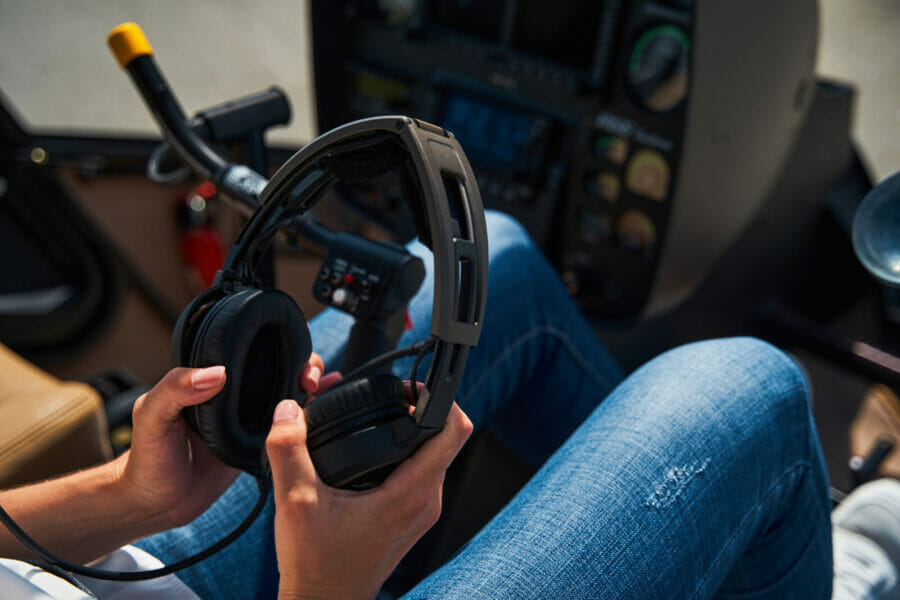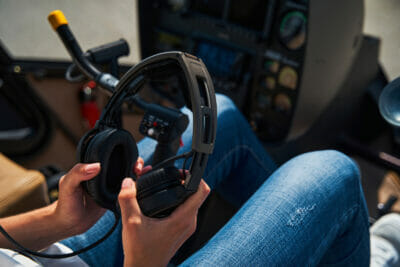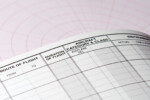Maintaining Your Aviation Headset: A Pilot’s Guide
5 February 2024 | Updated on February 05, 2024
An aviation headset is not just a tool for communication; it’s an essential piece of safety equipment in the cockpit. Ensuring your headset is well-maintained means you’re guaranteeing clear communication, effective noise reduction, and ultimately, a safer flight experience.
In this guide, we’ll walk you through the essential maintenance tips every pilot should know to keep their headset in prime condition.
For a deeper dive into choosing the right aviation headset, refer to our main article with the Best Aviation Headsets for Pilots in 2024.


Cleaning Your Headset: Ensuring Clarity and Comfort
A clean headset is synonymous with clear communication and comfort, two non-negotiables for any pilot. Over time, headsets can accumulate sweat, oil, and general grime from regular use, which can degrade the materials and affect performance. Here’s a concise guide to keeping your headset in top condition:
Earcups and Ear Seals: Use a soft, lint-free cloth lightly dampened with water and mild soap to gently wipe the earcups and ear seals. This prevents the buildup of sweat and oils and keeps the material in good condition. Avoid soaking the material and ensure you use products suitable for leather if applicable.
Microphone and Windscreen: Dust off the microphone and windscreen with a soft-bristled brush or a dry cloth to remove debris that can muffle sound. If the windscreen is removable, it can be cleaned with soapy water but must be thoroughly dried before reattachment.
After cleaning, let all parts air dry completely before reassembling or using the headset. Implementing a regular cleaning routine after each flight and a more thorough clean periodically will extend the life of your headset, ensuring it remains a reliable companion for your flights. Avoid alcohol-based cleaners and abrasive materials to prevent damage to the headset’s surfaces.
Cable Care: Preserving Functionality and Durability
Cables are the lifelines of aviation headsets, connecting pilots to crucial communications. However, they’re also prone to wear and tear, which can compromise the headset’s functionality. Proper care and handling of these cables can prevent damage and extend the headset’s lifespan.
Identifying Wear and Tear: Regularly inspect your headset’s cables for any signs of fraying, kinks, or stress, especially near the connectors and adjusters. Early detection of wear can prevent potential communication failures during flights.
Proper Handling and Storage: To avoid damaging the cables, gently coil them without bending them at sharp angles. Avoid wrapping the cables tightly around the headset when storing, as this can strain the wires and lead to internal damage. When not in use, store the headset in a way that puts minimal stress on the cables, preferably in a protective case that accommodates the natural coil of the cable without forcing it into tight loops.
Maintaining your headset cables requires minimal effort but plays a significant role in ensuring the reliability of your aviation headset. By regularly inspecting for damage and practicing proper handling and storage techniques, you can safeguard your communication lifeline in the cockpit.


Battery Maintenance (for ANR Headsets)
Active Noise Reduction (ANR) headsets require regular battery maintenance to ensure they continue to provide the best possible noise cancellation and communication clarity. Proper battery care is essential for maintaining the headset’s functionality and prolonging its lifespan.
If you plan not to use your ANR headset for an extended period, remove the batteries to prevent potential leakage and corrosion, which could damage the headset’s internal components. This simple step can save you from costly repairs or replacements.
Also, many modern ANR headsets feature battery life indicators or warnings. Pay attention to these cues to ensure you’re never caught off guard by depleted batteries, especially before or during a flight.
Regular Functionality Checks
Before each flight, perform a quick functionality check of your headset. Ensure the microphone and speakers are working correctly, and the volume controls are responsive. This can help identify any issues before they become a problem in the air.
Proper Storage
Storing your aviation headset correctly is key to preserving its condition and ensuring its longevity. Improper storage can lead to unnecessary wear, reduced performance, and even damage to the headset’s components.
Always store your headset in a cool, dry place, away from direct sunlight and extreme temperatures. Excessive heat can degrade the plastic and foam components, while cold and damp conditions can affect the electronic internals and lead to corrosion.
Make sure to always use a protective case. It not only shields the headset from physical damage but also keeps dust and moisture at bay. Ensure the case is clean and dry before placing the headset inside. If your headset came with a specific case designed to fit its shape and cables comfortably, using it is ideal. Otherwise, choose a case that allows the headset to fit without bending or compressing any parts, especially the headband and cables.
When placing the headset in its case, make sure the cables are loosely coiled and not pinched or tightly wound. This prevents stress on the cables and connectors, reducing the risk of wire damage. Additionally, ensure the ear cups are not under pressure or squashed, as this can deform the cushions over time.
Seeking Professional Repairs: Safeguarding Your Headset’s Integrity
When your aviation headset encounters issues beyond basic maintenance, seeking professional repairs is crucial to ensure its integrity and functionality. Attempting DIY repairs on sophisticated components, especially in ANR headsets, can exacerbate problems, leading to more significant damage and potentially compromising flight safety.
While minor issues like replacing ear pads or adjusting fit might be within a pilot’s capability, internal electronic problems should be left to professionals. Unauthorized repairs can lead to further damage, reduced headset performance, and even void warranties.
Common signs that your headset may require professional attention include consistent static, diminished sound quality, or failure of the noise-cancelling feature. Physical damage, such as a broken headband or malfunctioning microphone, also necessitates expert evaluation.
Conclusion
Maintaining your aviation headset is a straightforward yet crucial aspect of flight preparation. By following these simple maintenance tips, you can ensure your headset remains a reliable companion for your flying adventures. Remember, a well-maintained headset not only provides clear communication and effective noise reduction but also contributes to the overall safety of your flight.
For more insights into selecting the perfect headset to suit your flying needs, check out our comprehensive guide on “The Best Aviation Headsets for Pilots”.





























